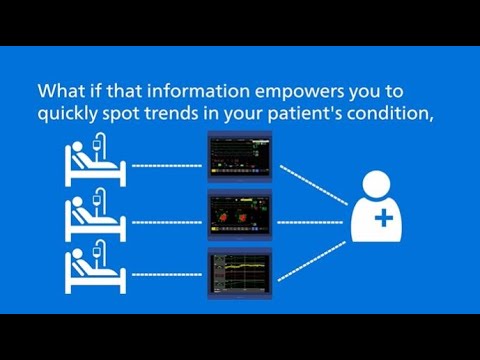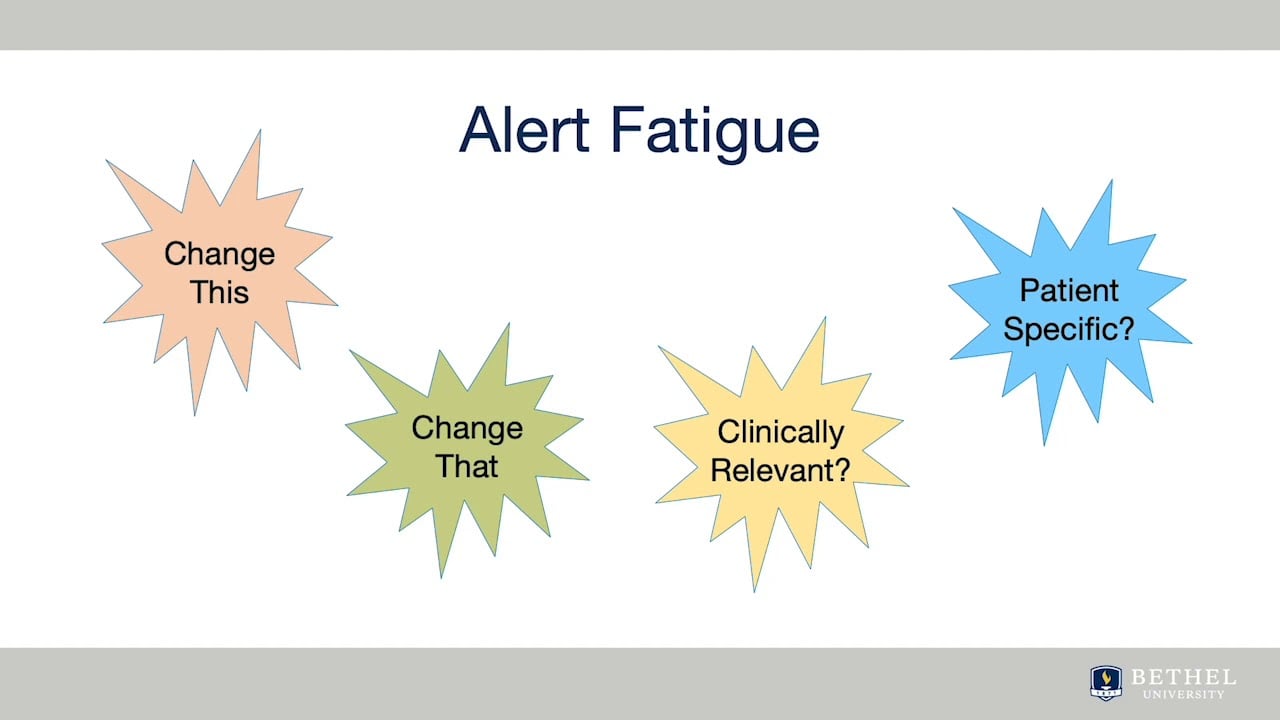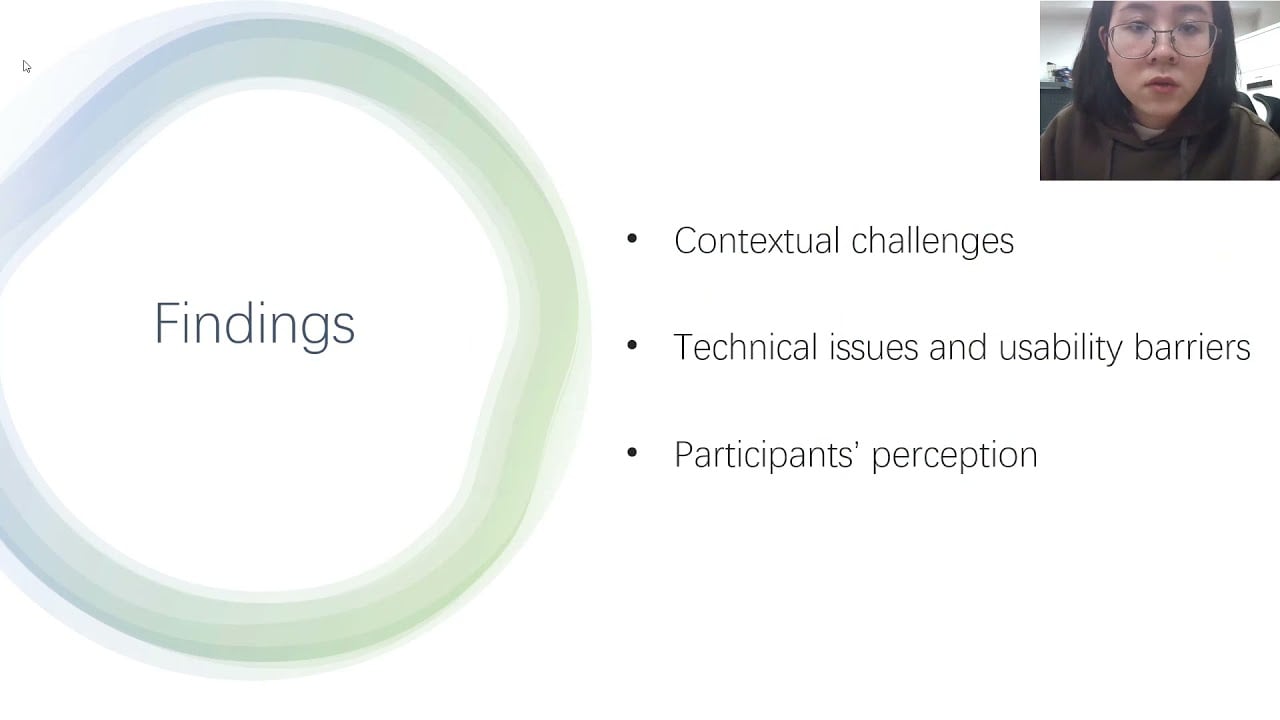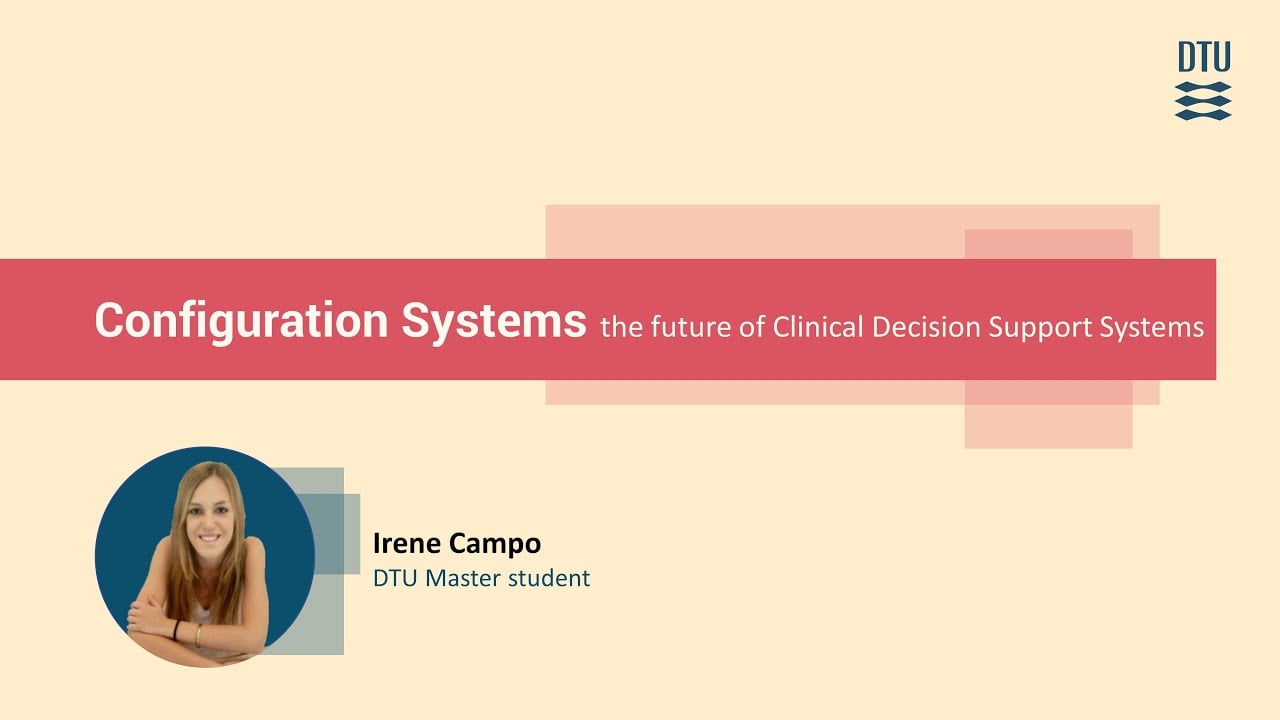Automated clinical decision support is to assist healthcare professionals. Healthcare professionals include doctors, nurses, and other clinicians.
Also, the system provides evidence-based recommendations and guidelines.
1. The Automated Clinical Decision Support; Brief Introduction
Various technologies support automated clinical decision support systems. The technology includes AI, data analytics, and machine learning. These technologies help to analyze patient’s data. So, they help medical professionals make more informed and accurate decisions.
The automated clinical decision support system is essential in the healthcare field. Its major importance is in eliminating medical errors.
Also, the system provides support for complex medical cases. Automated clinical decision support can reduce healthcare costs by unnecessary tests. Also, unnecessary treatments can be avoided.
The article is for introducing and educating readers about automated clinical decision support systems. So, let’s start!
2. History of Automated Clinical Decision Support System
The History of automated clinical decision support dates back several decades. Also, it has evolved significantly over time. Below is the history of Automated Clinical Decision Support.
2.1 1960s-1970s
The concept of computer-based clinical decision support emerged in the 1960s and 1970s. It came with the introduction of computers in healthcare. The focus of the earlier system was on simple rule-based systems for drug dosing. Also, it includes basic patient data management.
2.2 In 1970s-1980s
The development of expert systems in the 1970s and 1980s marked a significant step forward. The systems were MYCIN (for infectious disease diagnosis) and DENDRAL (for chemical mass spectrometry analysis).
2.3 In 1990s
With the increasing adoption of electronic health records (EHRs) in the 1990s, the integration of clinical decision support systems became more feasible. Also, this allowed for patient data from EHRs to inform clinical decisions.
2.4 In 1992
The development of the Arden Syntax standard in 1992. It is the representation of medical knowledge in a computer-readable format. Also, it made it easier to create and share clinical decision-support rules and guidelines.
2.5 In 1990s-2000s
Rule-based Clinical automated Decision Support Systems continued to advance. The system starts generating alerts and reminders.
This is for healthcare providers and works based on rules. Because these alerts were used for medication interactions and allergy warnings. Also for preventive care reminders.
2.6 In 2000s
In recent years, there has been a shift toward a data-based Clinical Decision Support System. Machine learning algorithms analyze large datasets of patient information.
These are to identify patterns, predict outcomes, and provide personalized recommendations.
2.7 2000s-Present
Modern Clinical Decision Support Systems in the 2000s were primarily focused on providing real-time decision support for patient health care. These make it easier for healthcare providers to access and act on recommendations.
2.8 2010s-Present
The Clinical Decision Support System has extended its reach to remote patient monitoring and telemedicine.
It happens with the rise of mobile technology and telehealth. Ultimately, it helps healthcare providers to make sound choices outside of their traditional settings.
3. Types of Automated Clinical Decision Support System
There are various types of clinical decision support systems present. The systems are differentiated based on their uses and categories.
So, the following are the types of Automated Clinical Decision Support Systems.
3.1 Clinical Pathway Clinical Decision Support System
In these types of clinical decision support systems, healthcare providers follow standard clinical protocols for specific conditions. Also with the system, it becomes easier to do evidence-based care.
3.2 Knowledge-based clinical decision support system
The system is based on knowledge. The knowledge is about rules, expert insights, and guidelines. Also, the system uses logical reasoning. This is for generating recommendations through patient data.
3.3 Bayesian Networks
This is the model that works on probability. So, in the model to generate probabilities of clinical outcomes it uses Bayesian inference.
3.4 Clinical Workflow Automated Clinical Decision Support
This system is directly linked to electronic health records. The system generates recommendations and alerts. So, the system is useful for assisting healthcare providers in clinical workflow.
3.5 Data-Driven Automated Clinical Decision Support System
The system focuses on data analysis and data mining. Through the data analysis and mining system trends and correlations between large healthcare, datasets can be discovered. Also, the system can provide data insights for quality improvement and health management.
3.5 Diagnostic Automated Clinical Decision Support System
Based on the symptoms, lab results, and medical history the system aids in the diagnosis of disease. So, by analysing the patient’s data system is capable of aiding in the diagnosis of disease.
3.6 Radiology and Imaging Clinical Decision Support System

The system is designed for radiologists and image specialists. The system is used to analyze medical images like CT scans, MRI scans, and X-rays.
4. Benefits of Automated Clinical Decision Support System

The Automated Clinical Decision Support System has numerous benefits. It is beneficial in healthcare settings, for both healthcare providers and patients. So, the following are the key advantages of an automated clinical decision support system.
4.1 Personalised Care
The automated clinical decision support system considers individual patients’ data. Also, it provides personalized treatment based on the patient’s medical history, genetics, and preferences.
So, all this collectively resulted in customized care for the patient which was not easy with manpower.
4.2 Improved Patient Safety
Automated clinical decision support provides real-time alerts to healthcare providers. So, it helps to prevent medication errors and allergies.
4.3 Enhanced Clinical Decision Making
The automated clinical decision support system offers evidence-based recommendations. So, the decisions are more enhanced, informed, and accurate.
4.4 Cost Saving

The automated clinical decision support system reduces medical errors. So, unnecessary tests and treatments are avoided. Also, the efficiency of the treatment is increased and costs become less than usual.
4.5 Reduction in Medical Errors
By the automated clinical decision support system human errors are reduced completely. Also, the treatment errors and diagnostic errors are reduced completely.
4.6 Evidence-Based Practice
The automated clinical decision support system provides evidence-based guidelines and promotes high-quality care. So, the process of treatment and diagnosis becomes more evidence-based.
4.7 Improved Compliance With Regulations
An automated clinical decision support system can assist healthcare organizations. Complying with healthcare regulations and standards is one of the examples.
4.8 Quick Access to Information
With the automated clinical decision support system, healthcare providers can access vast information. Critical information like point of care to save lives in an emergency is provided by the system.
4.9 Remote and Telehealth Support

The automated clinical decision support system can be integrated with telehealth and remote monitoring platforms. Also, this will help healthcare providers to provide better treatment even in virtual mode.
5. Challenges and Limitations
Automated Clinical Decision Support Systems offer various benefits. However, the system also faces several challenges and limitations.
So, understanding these challenges is important for the implementation of automated clinical decision support systems in healthcare settings.
5.1 Data Quality
The Data quality of automated clinical decision support systems relies on comprehensive patient data. This is the main challenge in the system. So, data quality issues, such as missing or erroneous information, can lead to incorrect recommendations.
Integrating with diverse electronic health record systems and data sources can be complex and costly. Therefore, it is the limitation of the system.
5.2 Alert Fatigue
An automated clinical decision support system generates numerous alerts and reminders. This can overwhelm healthcare providers. So, healthcare providers may become desensitized to alerts. Also can ignore critical ones.
Therefore, Striking the right balance between providing valuable alerts and avoiding alert overload is challenging.
5.3 Resistance to Adoption
Healthcare providers may resist using the system due to different concerns. Concerns may be about disruptions in workflow, loss of autonomy, or perceived inefficiencies. So, limited acceptance and low adoption rates can decrease the system’s effectiveness.
5.4 Lack of Customization
Automated clinical decision support systems may not always fulfill the unique needs and preferences of healthcare providers.
So, the lack of customization can result in recommendations not aligning with the specific clinical context.
5.5 Knowledge Maintenance
It’s important to keep the automated clinical decision support systems knowledge up-to-date with the latest clinical guidelines and research.
However, it requires ongoing effort and resources and is quite challenging. Outdated information can lead to inaccurate recommendations. Also, leads to decreased system relevance.
5.6 Privacy and Security Concerns
Storing and transmitting patient data within automated clinical decision support systems raises privacy and security issues. The issues are regarding compliance with healthcare regulations.
So, ensuring data security and patient confidentiality is important. Also, it is challenging to achieve.
5.7 Ethical Dilemmas

An automated clinical decision support system has many ethical dilemmas. Dilemmas are such as deciding who is liable for incorrect recommendations or addressing issues related to informed consent.
So, ethical considerations can complicate the implementation. Also complicates the use of automated clinical decision support systems.
5.8 Over-Reliance on Technology
Healthcare providers might believe excessively in automated clinical decision support systems.
So, it will potentially diminish their critical thinking and clinical judgment. Therefore, over-reliance on technology can lead to suboptimal decision-making. Also, it will reduce patient-provider interaction.
5.9 Limited Evidence Base
Some automated clinical decision support systems recommendations may lack strong evidence. Or may not account for individual patient factors. So, the effectiveness of automated clinical decision support systems recommendations can vary based on the availability of high-quality evidence.
5.10 Cost of Implementation
Implementing and maintaining automated clinical decision support systems can be costly. It is costly in terms of software development, hardware infrastructure, training, and ongoing support. Also, resource constraints may limit the adoption of CDSS, especially in smaller healthcare facilities.
5.11 Complexity of Clinical Decision-Making
Clinical decisions often involve complex, multifaceted considerations. The considerations may not be fully captured by automated clinical decision support systems.
Automated clinical decision support systems may oversimplify clinical problems. Hence, leading to recommendations that do not fully align with patient needs.
6. Future of Automated Clinical Decision Support System
The field of Automated Clinical Decision Support Systems is continuously evolving. The field is driven by advances in technology, healthcare needs, and the increasing volume of health data.
Several future trends and developments can be expected in automated clinical decision support systems, some are as follows;
6.1 Artificial Intelligence and Machine Learning
AI and machine learning will play an important role in the future of automated clinical decision support systems.
These technologies will enable more sophisticated pattern recognition, predictive modeling, and the ability to process vast amounts of data. So, the system will make more accurate and personalized recommendations.
6.2 Deep Learning for Imaging

Deep learning algorithms will be used for the analysis of medical images. Medical images such as X-rays, CT scans, MRIs, and pathology slides will be analyzed in the future. So, this can aid in earlier and more accurate disease diagnosis.
6.3 Natural Language Processing (NLP)
NLP will continue to improve the ability of automated clinical decision support systems. It extracts valuable information from unstructured clinical notes and narrative reports. This will help in data mining and patient care.
6.4 Real-Time Monitoring and IoT Integration
IoT is Integration with the Internet of Things. IoT devices and wearable sensors will enable real-time monitoring of patient’s vital signs and health metrics. So, the automated clinical decision support system will provide timely insights based on this data.
6.5 Personalized Medicine

Automated clinical decision support systems will become very personalized for a patient’s genetic and other data. This is to tailor treatment recommendations and predict responses to therapies.
6.6 Clinical Genomics and Pharmacogenomics
Automated clinical decision support systems will incorporate genetic and pharmacogenomic data. It guides medication selection and dosing. So, these will reduce adverse drug reactions and improve treatment efficiency.
6.7 Telehealth and Remote Monitoring
The automated clinical decision support systems will play a vital role in remote patient monitoring and telehealth. Also, it will support virtual consultations, home-based care, and the management of chronic conditions.
6.8 Blockchain for Data Security
Blockchain technology may be used to enhance the security and integrity of patient data. It is done within an automated clinical decision support system. So, it will ensure patient privacy and data accuracy.
6.9 Explainable AI

There will be a focus on making AI models more interpretable and transparent to build trust in the AI system. The models will allow healthcare providers to understand how recommendations are generated.
6.10 Continuous Learning and Feedback Loops
Automated clinical decision support systems will evolve by continuously learning from real-world patient data and healthcare provider feedback. Because this will improve its accuracy and relevance over time.
6.11 Integration with Clinical Workflow
In the future, seamless integration with electronic health records and other clinical systems will be a priority. This will ensure that the automated clinical decision support system fits smoothly into healthcare provider workflows.
7. Global Health and Resource-Limited Settings
The automated clinical decision support system will be adapted to address healthcare challenges in resource-limited settings. Also, to guide global health initiatives.
7.1 Regulatory Frameworks and Standards
Regulatory agencies will establish guidelines and standards for the development and use of automated clinical decision support systems. So, this will ensure safety, efficiency, and data privacy in treatment.
7.2 Patient Engagement and Shared Decision-Making
Automated clinical decision support systems will involve patients more actively in their care. It will happen by providing understandable recommendations. Also, by supporting shared decision-making.
7.3 Interoperability and Data Exchange
Automated clinical decision support systems will work towards improving data interoperability. Also, work on facilitating data exchange among different healthcare systems and providers.
The above trends reflect a growing potential for automated clinical decision support systems. This is to improve patient care and support healthcare providers in a data-rich healthcare environment. Also, it enhances clinical outcomes and reduces healthcare costs.
As technology and research continue to advance, automated clinical decision support systems will likely become an even more important part of modern healthcare.
8. Conclusion
Above, we have discussed the exact meaning of an automated clinical decision support system. Also discussed its different aspects. The automated clinical decision support system is an innovation in the medical field. Because it will completely change disease treatment and diagnosis.
Finally, automated Clinical Decision Support Systems have significantly enhanced the quality of healthcare. It provides timely, evidence-based guidance to healthcare professionals.
However, their successful implementation requires challenges. The challenges may be ensuring data privacy, and maintaining ongoing improvements to keep pace with advancements in medical science and technology.
In the future, we will be able to eliminate the challenges and limitations of automated clinical decision support systems. So, technology will completely take over the medical field.
Successfully introducing an automated clinical decision support system in hospitals, will relieve a lot of stress from healthcare professionals. This will help to eliminate the human errors from the treatment. Therefore, it will ultimately lead to more precise treatment and efficient saving of lives.
Lastly, if you find the article useful share it with your family and friends. Also, drop your opinions regarding the automated clinical decision support system in the comments.
Last Updated on October 10, 2023 by ayeshayusuf







![Clinical Decision Support System in HEALTH Care Organizations - [Facts]](https://icydestiny.com/wp-content/cache/flying-press/4cecbc48554b6af5d59426ea92834ce4.jpg)



